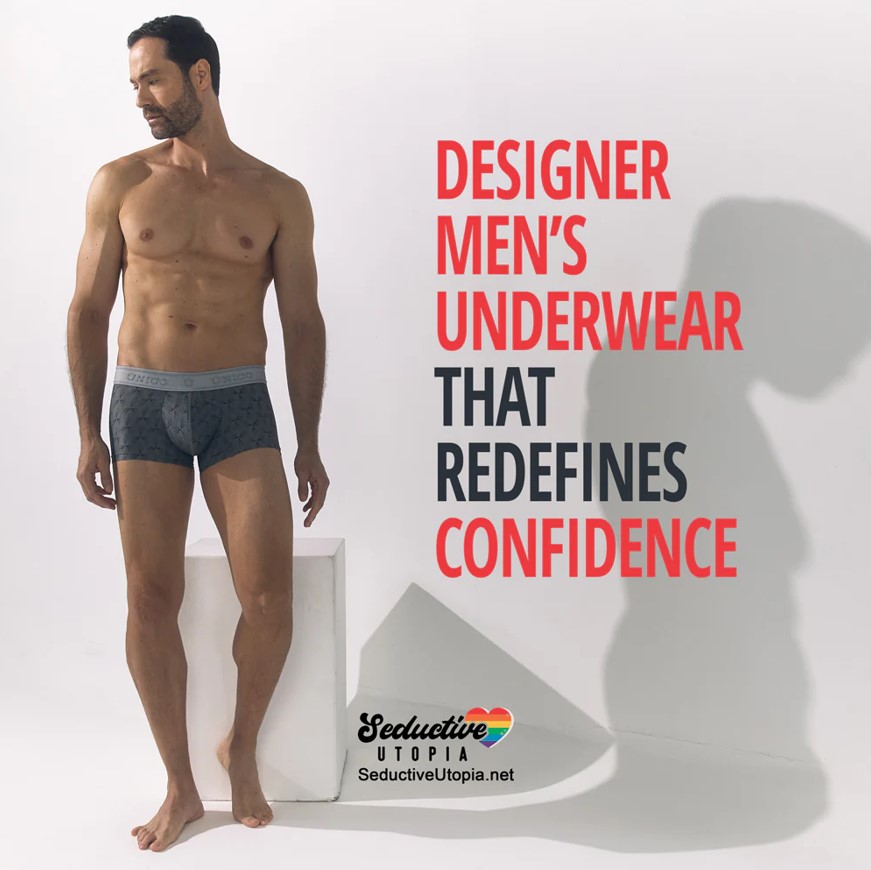 Fashion has always been a language of self-expression, but in recent years, it has evolved into something even more meaningful: a tool for empowerment and inclusivity. Inclusive fashion styles for empowered individuality ↗, encouraging people of all body types, abilities, genders, and backgrounds to express themselves authentically. It moves beyond trends and fast-fashion limitations to create space for everyone, ensuring that no one is excluded from the joy and confidence that clothing can bring.
Fashion has always been a language of self-expression, but in recent years, it has evolved into something even more meaningful: a tool for empowerment and inclusivity. Inclusive fashion styles for empowered individuality ↗, encouraging people of all body types, abilities, genders, and backgrounds to express themselves authentically. It moves beyond trends and fast-fashion limitations to create space for everyone, ensuring that no one is excluded from the joy and confidence that clothing can bring.
Redefining the Meaning of Style
Traditional fashion often relied on narrow definitions of beauty—slim silhouettes, specific gender roles, and limited size ranges. These outdated standards left many people feeling overlooked or unrepresented. Inclusive fashion challenges these norms by embracing diversity. It emphasizes that style is not about fitting into a mold but about celebrating what makes each person unique.
From adaptive clothing designed for people with disabilities to gender-neutral collections that break down stereotypes, inclusive fashion is reshaping the industry. It proves that style belongs to everyone and that true confidence comes from embracing individuality without compromise.
Body Positivity in Fashion
One of the strongest pillars of inclusive fashion is body positivity. Designers and brands are increasingly recognizing the need for clothing that caters to all sizes, from petite to plus. Instead of designing around a single “ideal” body type, inclusive brands celebrate curves, height differences, and unique proportions.
This shift allows individuals to find pieces that not only fit comfortably but also make them feel powerful. When someone wears clothes tailored to their real body rather than a distorted ideal, it builds confidence and helps them express their true self.
Adaptive Clothing: Fashion without Barriers
Inclusivity in fashion also extends to those with disabilities. Adaptive fashion is a growing movement that focuses on creating stylish, functional pieces for people with varying physical needs. Features like magnetic closures, adjustable hems, and sensory-friendly fabrics ensure that everyone has access to both comfort and style.
By combining practicality with aesthetics, adaptive clothing ensures that people with disabilities no longer have to sacrifice self-expression for functionality. This innovation not only empowers individuals but also sends a strong message: fashion is a universal right.
Gender-Fluid and Unisex Designs
Fashion is no longer confined to traditional gender norms. Inclusive brands are increasingly offering gender-neutral or unisex styles, allowing individuals to choose clothing based on personality and preference rather than societal expectations. These designs embrace fluidity, encouraging people to explore fashion without labels.
Gender-inclusive collections range from oversized streetwear to tailored suits and flowing dresses that anyone can wear, regardless of gender identity. This freedom empowers people to experiment with style in ways that feel authentic, dismantling barriers that once limited self-expression.
Cultural Representation and Diversity
Inclusivity also means honoring cultural identities. Designers are celebrating heritage through prints, fabrics, and techniques inspired by diverse traditions. This representation helps fashion reflect the world’s true richness and gives individuals the opportunity to connect with their roots while expressing themselves in modern, stylish ways.
Cultural inclusivity not only promotes empowerment but also fosters global understanding and appreciation. It shows that fashion is not about erasing differences but embracing them.
The Confidence of Authentic Expression
At its core, inclusive fashion is about empowerment. When people feel seen and represented, they gain the courage to showcase their individuality with pride. Clothes that fit well, align with personal values, and allow freedom of choice give individuals the confidence to step into the world unapologetically.
Empowered individuality means breaking away from trends designed for the few and instead creating a style that speaks to one’s true self. It’s about knowing that fashion is not about imitation—it’s about authenticity.
Conclusion
Inclusive fashion is more than just an industry trend; it is a movement toward equality, empowerment, and individuality. By embracing body positivity, adaptive clothing, gender-fluid designs, and cultural diversity, the fashion world is finally reflecting the beauty of all people.
Clothing has the power to uplift, inspire, and transform, but only when it is accessible to everyone. Inclusive fashion ensures that every individual—regardless of size, ability, gender, or culture—can express their identity with confidence. In this era of empowerment, fashion is not just about looking good; it’s about feeling seen, valued, and celebrated.